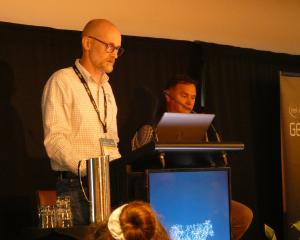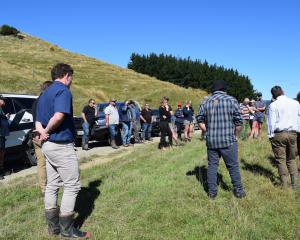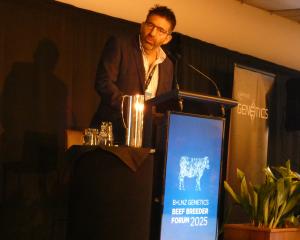
Beef + Lamb New Zealand's (BLNZ) latest stock number survey, conducted by the BLNZ economic service, showed total beef cattle numbers were up 3.5% to 400,000 head in Otago and Southland.
''This was more evident in Otago than Southland (4.1% and 2.7% respectively). These were driven by increases in breeding cows and 'other' cattle, predominantly heavy trading stock,'' the survey said.
''Weaner numbers declined in both regions (2.0% and 4.8% respectively), possibly influenced by the presence of Mycoplasma bovis, and dry climatic conditions during the summer of 2017-18.''
Overall the New Zealand beef cattle herd increased by 1.9% over the past year to 3.7 million beef cattle, and production was continuing to grow.
BLNZ economic service chief economist Andrew Burtt said on the other hand, the national sheep flock continued to decline.
The analysis revealed a younger ewe flock as farmers retained more hoggets for future production.
The number of breeding ewes fell in all regions of New Zealand and by 2.1% overall, he said.
''The number of breeding ewes decreased 3.5% to 8.3 million in the North Island, while South Island numbers dropped 0.8% to 9 million.
''The decrease largely reflected farmers taking advantage of strong prices for mutton. There was also a preference, particularly in the older farmer demographic, towards less labour intensive livestock options to sheep.''
As a result, the national hogget flock is up on last year.
''Hogget numbers increased 2.5% to 9.1 million, largely from Marlborough-Canterbury where ewe hoggets were retained to replenish declining ewe flocks, and trade lamb purchases from Southland due to dry summer conditions.''
The lamb crop is expected to be down 3.8% to 22.8million.
This follows a record lambing percentage the previous season and a smaller breeding ewe flock but moderated by a lift in lambs from hoggets mated.














